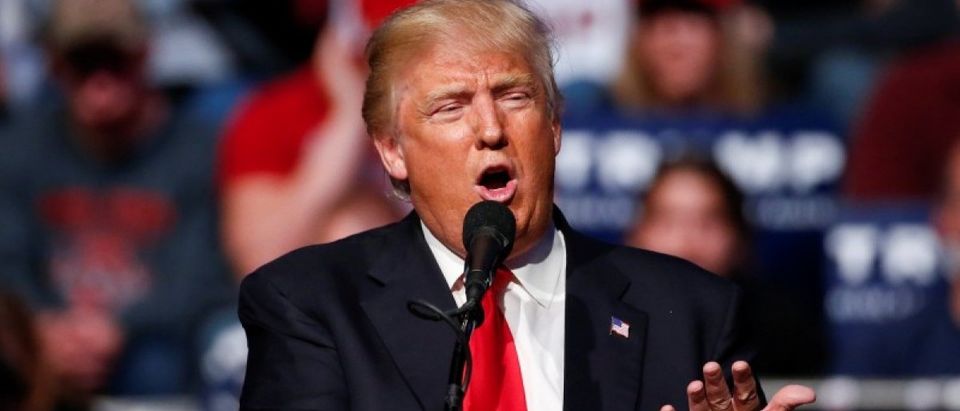Andy Downs of the Mike Downs Center for Indiana Politics told WOWO Radio’s “Beyond the Beltway” program Sunday evening that the reliably Republican state of Indiana could become a competitive state for Democrats if Donald Trump wins the GOP nomination.
Downs pointed out that Indiana went to the Democrats in a presidential election a handful of times in the last two centuries — 2008, 1964, and 1932.
“There is no doubt that Indiana becomes more competitive. The questions we asked people was if they said they were supporting Trump, would they support Cruz [if Cruz was the nominee] and if they said they were supporting Cruz would they support Trump [if Trump was the nominee],” Downs explained. “What we found is that the Donald Trump supporters said that they—or 80 percent of them would probably support Cruz but not the other way around. Then it was little bit over a majority.”
According to Downs, “40 plus percent” of [crscore]Ted Cruz[/crscore] supporters would not support Trump as the GOP nominee.
“That’s the sort of news that would make Democrats very happy in this state, because it means they might suddenly turn it blue and they’ve only done that in 2008 and 1964 and then we have to go back to 1932,” Down said.
The poll was taken in conjunction with the same survey that reported Cruz was 15 points ahead of Donald Trump last week.
When asked about the stark contrast between the Downs poll and the recent NBC/WSJ poll showing Trump ahead double digits in the Hoosier state, Downs explained their poll, which occurred over an unusually long two week period, happened before Cruz and Ohio Gov. John Kasich announced their non-aggression pact in Indiana as well as Cruz’s VP announcement regarding Carly Fiorina.
“In a perfect world you’d finish the calls in maybe three or four or five days. We actually had three different polls in the field at the same time and unfortunately we wanted to get the information out on Friday, and we couldn’t get clarification from the call center which calls were completed on which days. So we erred on the side of telling you the full window where calling was being done,” Downs said.
“We’re fairly certain it was really more on the back half of that time period — like five or six days on the back half. We know that about 30 percent of the calls were completed before last,” he added.












